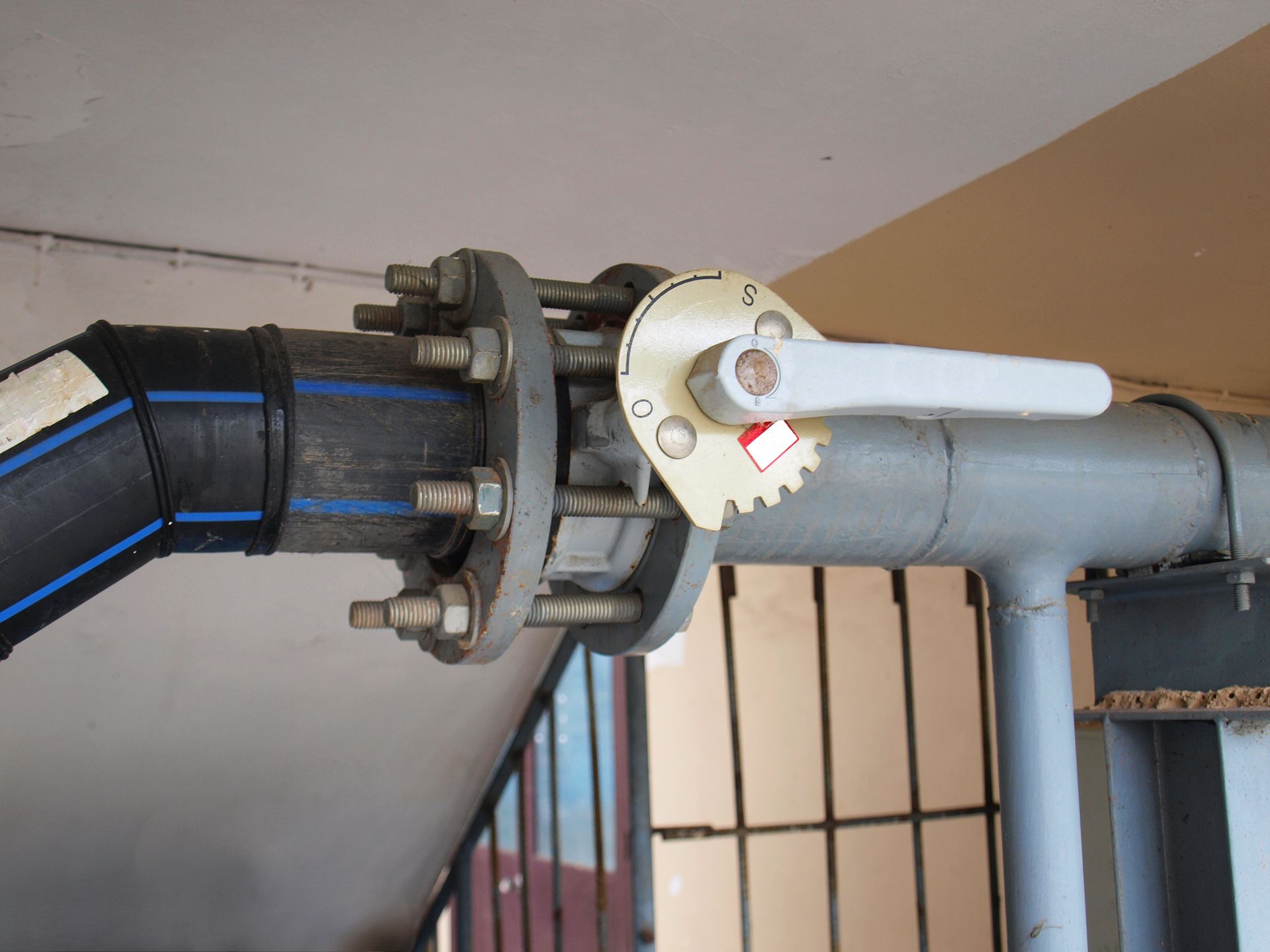Backflow Services

Backflow prevention is essential for maintaining safe drinking water and preventing contamination in plumbing systems. Here’s an overview of what backflow is, how prevention works, the types of prevention devices, and the importance of testing.
What is Backflow?
Backflow occurs when water flows in the reverse direction in a plumbing system, potentially allowing contaminants from non-potable sources to enter the potable water supply. This can happen due to changes in water pressure, such as during a mainline break or when there’s a sudden increase in demand.
Backflow Prevention Devices
1. Air Gap: The simplest form of backflow prevention, where a physical gap is maintained between the end of a water supply outlet and the flood level of the receiving fixture.
2. Check Valve: A mechanical device that allows water to flow in one direction only. If backflow occurs, the valve closes to prevent reverse flow.
3. Reduced Pressure Zone (RPZ) Valve: A more complex device that includes two check valves and a pressure relief valve, providing a high level of protection against backflow.
4. Double Check Valve Assembly: Composed of two check valves, this device provides a moderate level of protection against backflow.
5. Pressure Vacuum Breaker (PVB): Designed to prevent back siphonage, it has a spring-loaded valve that opens to the atmosphere when water flow stops.
Importance of Backflow Prevention
- Protects Drinking Water: Prevents contamination of the potable water supply, ensuring safe drinking water for residents.
- Compliance with Regulations: Many municipalities require backflow prevention devices in certain situations, particularly for commercial properties or specific plumbing configurations.
- Public Health: Helps protect public health by preventing the introduction of harmful substances into the water supply.
Backflow Testing
Backflow prevention devices must be tested regularly to ensure they are functioning properly. Testing is typically done by certified professionals and may involve:
1. Visual Inspection: Checking the device for physical damage, wear, or signs of leakage.
2. Functional Testing: Verifying that the device is operating correctly by simulating conditions that could lead to backflow.
3. Documentation: Maintaining records of the tests, including the date, results, and any maintenance performed. This is often required for compliance with local regulations.
When to Test
- Annual Testing: Corpus Christi requires backflow prevention devices to be tested annually.
- After Repairs: Any time a device is repaired or replaced, it should be tested to ensure it is functioning properly.
- When Problems Arise: If you suspect issues with your plumbing system or the device itself, testing should be done immediately.









